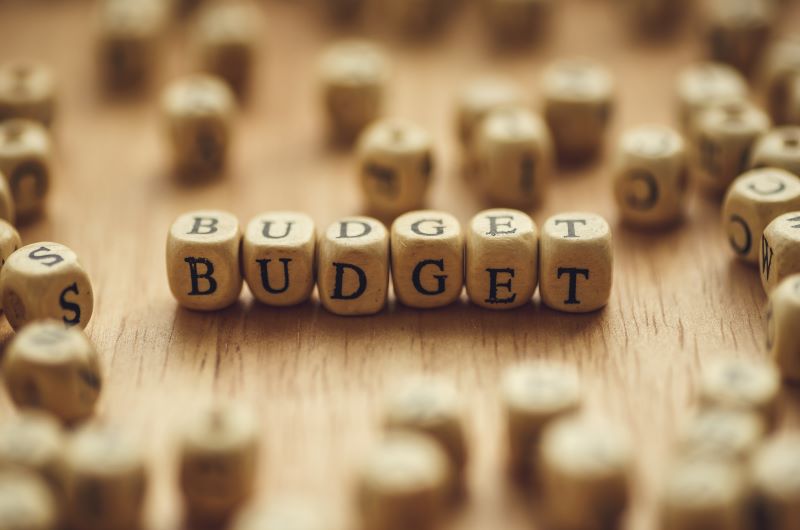Equipping professional accountants for sustainability
The International Federation of Accountants has developed a concise resource to guide accounting professionals and...
READ MORE
In a budget declared a win for small business, two of the most standout measures are the $26.7 billion ‘instant expensing’ and the loss carry-back for businesses.

On Tuesday evening, Treasurer Josh Frydenberg revealed a number of business-backing measures in the budget, but one that has been hailed a win for business is temporary full expensing, worth $26.7 billion.
Under the rules, over 99 per cent of businesses will be able to write off the full value of any eligible asset they purchase for their business.
Namely, from 7:30pm (AEDT) on 6 October 2020 until 30 June 2022, businesses with turnover up to $5 billion will be able to deduct the full cost of eligible depreciable assets of any value in the year they are installed.
For small and medium sized businesses, with aggregated annual turnover of less than $50 million, full expensing also applies to second-hand assets.
“Building on the successful expansion of the Instant Asset Write Off during the COVID crisis, tonight we go further, announcing the largest set of investment incentives any Australian government has ever provided,” said Mr Frydenberg.
“A trucking company will be able to upgrade its fleet, a farmer will be able to purchase a new harvester and a food manufacturing business will be able to expand its production line.”
Small businesses, with aggregated annual turnover of less than $10 million, can deduct the balance of their simplified depreciation pool at the end of the income year while full expensing applies.
The provisions that prevent small businesses from re-entering the simplified depreciation regime for five years if they opt-out will continue to be suspended.
Loss carry-back scheme
Companies with turnover up to $5 billion doing it tough as a result of coronavirus will be allowed to offset losses against previous profits on which tax has been paid, to generate a refund, Mr Frydenberg also announced.
The tax refund would be limited by requiring that the amount carried back is not more than the earlier taxed profits and that the carry back does not generate a franking account deficit.
The tax refund will be available on election by eligible businesses when they lodge their 2020-21 and 2021-22 tax returns.
According to the rules, companies that do not elect to carry back losses under this measure can still carry losses forward as normal.
Speaking to Public Accountant following the budget reveal, Tony Greco, general manager of technical policy at the IPA, welcomed the reintroduction of this measure, noting that it should be a permanent part of the tax system.
“It provides that automatic stabiliser in the sense that if you have a bad year, you crawl back tax that was paid in an earlier year so you get the benefit of the loss a lot sooner,” Mr Greco explained.
“It’s a very important feature when an economy goes into recession and COVID is the perfect scenario.”
The loss carry-back was first introduced in 2012, but scrapped a year later with the repeal of the mineral resource rent tax.